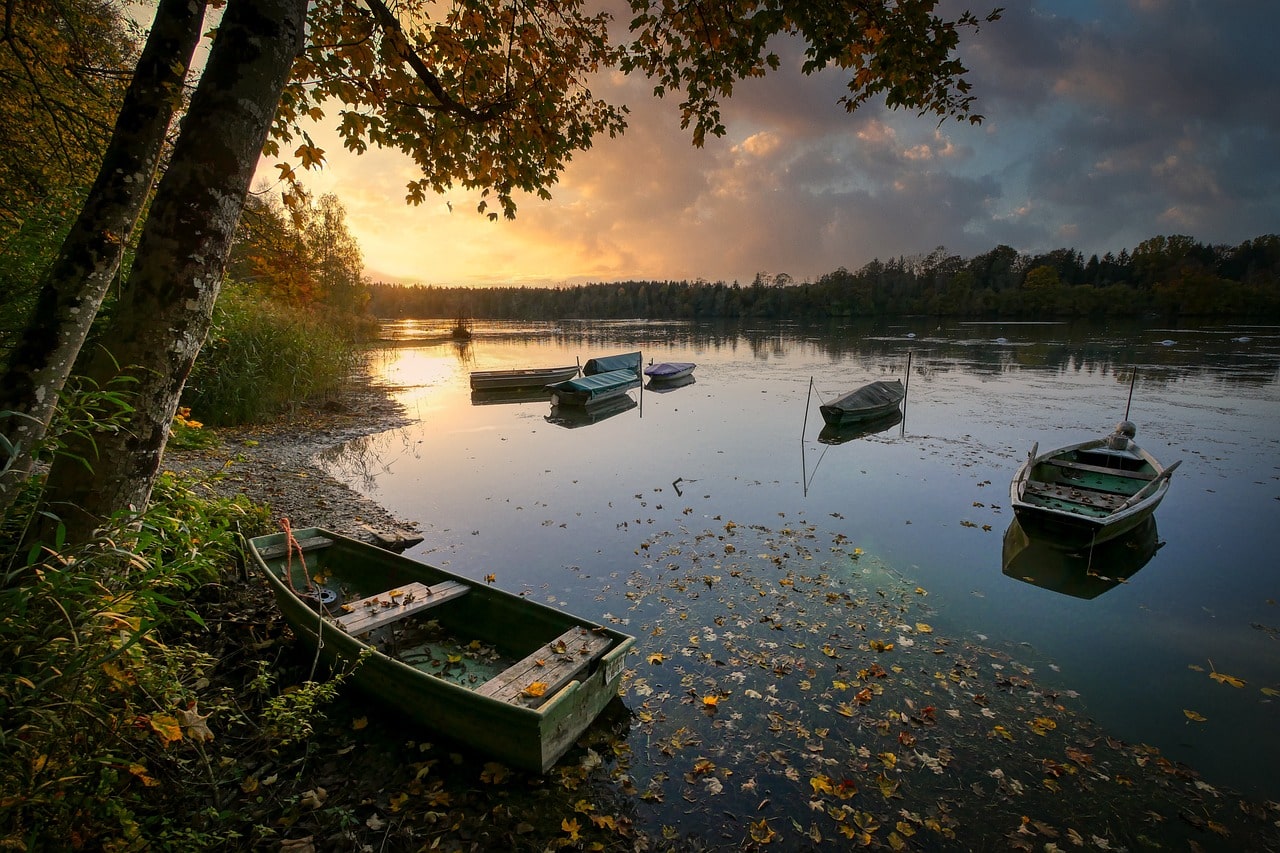Although not widely recognized by tourists, Lake Lanao is the second-largest body of water in the Philippines and is one of the 17 ancient lakes in the world. Situated on a high plateau surrounded by towering mountains in the Mindanao Super Region, this pristine gem spans over 84,000 acres. The lake is a vital source of more than 50% of the hydroelectric power on the island, making it a cornerstone for the province’s energy needs. With a history dating back at least two million years, Lake Lanao was sculpted by volcanic activity in a rift valley, thus creating a unique ecosystem that nurtures a remarkable group of endemic fish species exclusive to its waters. The lake has been a cherished home for the Maranao tribe for over a millennium, with the word “Lanao” derived from their language, symbolizing the deep bond between the people and their beloved waterbody. Lake Lanao, cradled by a stunning landscape, boasts five tributaries, Taraka, Gata, Masiu, and Bacayawan, which contribute to its ever-flowing beauty. The Agus River is the only outlet draining the lake and is renowned for its rapid currents. It eventually flows to Illana Bay, the magnificent Maria Cristina Falls, and Cinnamon Falls. The lake teems with a diverse assembly of fish known as a “species flock,” originating from a single ancestor, the spotted barb. Scientists are intrigued by these fish, showcasing the rapid evolution witnessed in such a closed system.
Unfortunately, fluctuations in water levels and the introduction of alien fish species have dwindled the population of these unique fish, leaving only a handful of endemic species surviving in the lake. Lake Lanao is a bustling hub for commercial and recreational fishing, supporting local economies through sport fishing for mudfish, tilapia, goby, catfish, climbing perch, eels, and freshwater shrimp. The Maranao people skillfully navigate vibrant, painted boats across the lake, using it as a vital transportation artery to connect their settlements along the shore. On market days, the lake pulsates with energy as traditional dug-outs and modern motorized vessels ferry goods and passengers, fostering community and commerce among the lakeside dwellers. A haven for various waterfowl species, Lake Lanao, attracts an array of birds, including egrets, herons, ducks, geese, and Eurasian coots, flourishing amidst the aquatic reeds and wetlands that provide impeccable breeding grounds for shorebirds. The shoreline hosts wild pigs, deer, and livestock, while local farmers cultivate rice and other crops using the lake’s pristine water for their daily needs. However, the lake’s ecological balance faces challenges as human activities, particularly hydroelectric development spearheaded by Gen. Douglas McArthur, have impacted its water quality and stability. Efforts to safeguard Lake Lanao’s ecosystem led to the establishing the Lake Lanao Watershed Protection and Development Council (LLWPDC) 1992, which crafted the Lake Lanao Integrated Development Plan (IDP) in 2003. Despite strides in conservation, regulatory lapses and conflicting interests have impeded progress, jeopardizing the fragile balance of the lake’s ecosystem. The state of the lake is similar to the broader sociopolitical environment of the Autonomous Region of Muslim Mindanao, where a combination of modern governance and traditional legacy shapes the indigenous Maranao community that lives around the lake’s edges. Nestled within the heart of Muslim Mindanao, Lake Lanao symbolizes a rich tapestry of tradition and progress, interwoven by the diverse communities that coexist harmoniously on its banks. From the tranquil waters to the lush mountains, Lake Lanao exudes a timeless allure that captivates all who behold its beauty, embodying the spirit of resilience and harmony that defines the region. Discover the spirit of Lake Lanao, a location where history, culture, and environment come together to form an amazing tapestry just waiting to be discovered.

